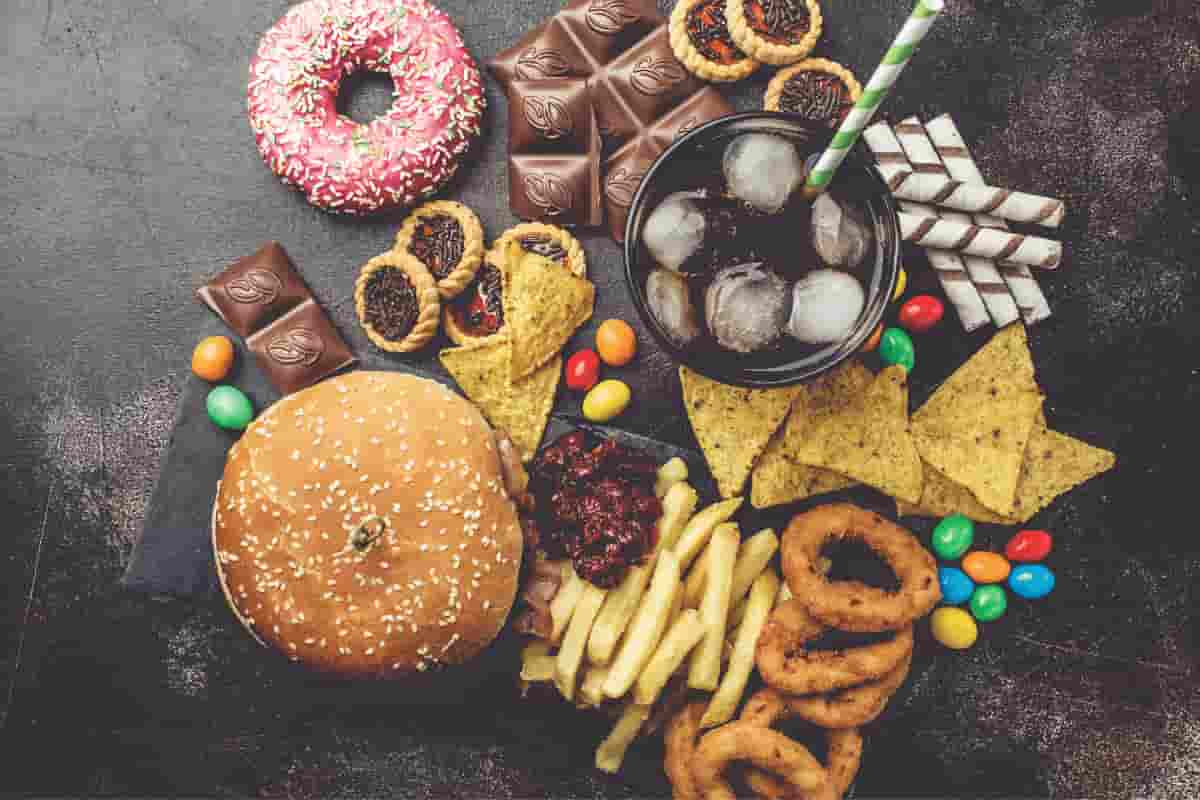The Connection Between Gluten and Headaches

Anyone who has ever experienced a migraine headache understands how debilitating it can be. Unfortunately, because of hormonal involvement, women tend to experience migraine headaches more than men.
A reported 10-29% of women experience migraine headaches during menopause. The percentage of women who have non-migraine headaches is even higher. As women go through perimenopause, migraine severity and frequency often increase as hormones shift and estrogen drops.
While each person has their own individual triggers, food sensitivities can be a big part of the puzzle. Gluten is a common food sensitivity, but is it a trigger for your migraine headaches? Read on to learn more.
What is Gluten?
Gluten refers to the proteins glutenin and gliadin found in certain cereal grains. These proteins help maintain the shape and structure of the foods, quite literally “gluing” the food together. The structural support of gluten is the reason that gluten-free foods often have a more crumbly texture.
What Foods Contain Gluten?
Gluten is found in wheat, barley, and rye and anything made with their derivative ingredients. Keep your eye out for gluten lurking in these foods:
- Soy sauce
- Oats (that are not certified gluten-free)
- Kamut
- Wheatberries
- Malt
- Brewer’s yeast
- Creamy soup with a roux base (thickened with wheat)
- Salad dressings
Celiac Disease Versus Gluten Sensitivity
People with celiac disease have an autoimmune reaction to gluten, so the body will attack its own tissues if they ingest it. That means those with celiac disease need to avoid all forms of gluten, including foods that have been cross-contaminated during preparation. Even a tiny amount of gluten can cause issues for someone with celiac disease.
Some people have symptoms associated with eating gluten, but test negative for celiac disease. Non-celiac gluten sensitivity (NCGS) is not an autoimmune condition, but it still causes significant symptoms such as bloating, abdominal discomfort, diarrhea, and flatulence. NCGS has been reported more often by women in their 30s.
Gluten and Migraines
Experts believe that migraines are caused by an inflammatory process around the brain and nerves.
While the research does not definitively link gluten to migraines, it’s clear that food sensitivities can trigger an inflammatory response in the body. Celiac and NCGS cause inflammation outside of just the gastrointestinal tract, so it’s conceivable that they could also increase the risk of headaches and migraines. Research supports this by showing that those with celiac and NGCS tend to have a higher prevalence of migraines.
What to Do if You Suspect Gluten Is Causing Your Migraine
If you have a sensitivity to gluten, your body will launch an inflammatory response after you eat it. Combine this with your already increased risk in midlife and you may be setting yourself up for more headaches.
If you suffer from migraine headaches, it may be worth trialing a gluten-free diet to see if you notice a difference. If you suspect you have celiac, you be tested before eliminating gluten in order to detect the antibodies in your blood that are used to diagnose it.
How to Go Gluten-Free
Eliminate gluten for four to six weeks to determine if it reduces your migraines. Luckily it’s easier than ever to eat gluten-free. Here are some tips to get started:
- Read food labels. As mentioned, gluten can sneak into many foods. While cooking from scratch is easiest, make sure you examine the ingredient list for sources of gluten that may be hiding.
- Explore alternative grains and starches. Choose high protein, gluten-free whole grains like quinoa and fiber-rich brown rice, or starchy veggies for your carbs.
- Don’t be afraid to ask for what you need at restaurants. Eating out can feel challenging, but more restaurants are willing to make adjustments, especially for people who are gluten-sensitive.
- Look for “certified gluten-free” on your food labels. Bear in mind that just because a food is labeled gluten-free doesn’t mean it’s healthy. Gluten-free cookies and pasta are still cakes and pasta. Avoid products that have a laundry list of additives additives, processed vegetable oils or hydrogenated oils and trans-fats, and refined flours.
- Make your own dressings and sauces to avoid sneaky gluten-containing ingredients.
- Eat whole foods. By definition, fruits, veggies, nuts, seeds, unprocessed animal products, whole gluten-free grains and beans are all gluten-free.
Migraine headaches are a multifactorial condition, but recognizing and addressing food sensitivities can be a game-changer for many people. Others benefit from a holistic approach adressing stress, sleep, and hormones. If you don’t notice a change after removing gluten, consider addressing other triggers in addition to your diet.
Sign up for more unique women’s health content
By submitting this form, you agree to the Lisa Health Privacy Policy and Terms of Use


